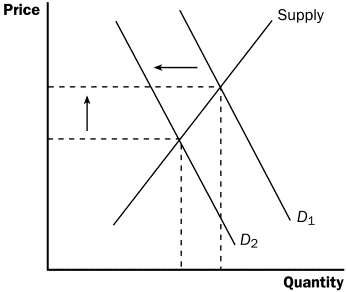DETERMINANTS OF PRICE ELASTICITY OF DEMAND
1. Number of close substitutes within the market – The more (and closer) substitutes available in the market, the more elastic demand will be in response to a change in price. In this case, the substitution effect will be quite strong.
2. Percentages of income spent on a good – It may be the case that the smaller the proportion of income spent taken up with purchasing the good or service, the more inelastic demand will be.

3. Time period under consideration – Demand tends to be more elastic in the long run rather than in the short run. For example, after the two world oil price shocks of the 1970s – the “response” to higher oil prices was modest in the immediate period after price increases, but as time passed, people found ways to consume less petroleum and other oil products. This included measures to get better mileage from their cars; higher spending on insulation in homes and car pooling for commuters. The demand for oil became more elastic in the long-run.
EFFECTS OF ADVERTISING ON DEMAND CURVE
Advertising aims to:
• Change the slope of the demand curve – make it more inelastic. This is done by generating brand loyalty;
• Shift the demand curve to the right by tempting the people’s want for that specific product. Virtual University



